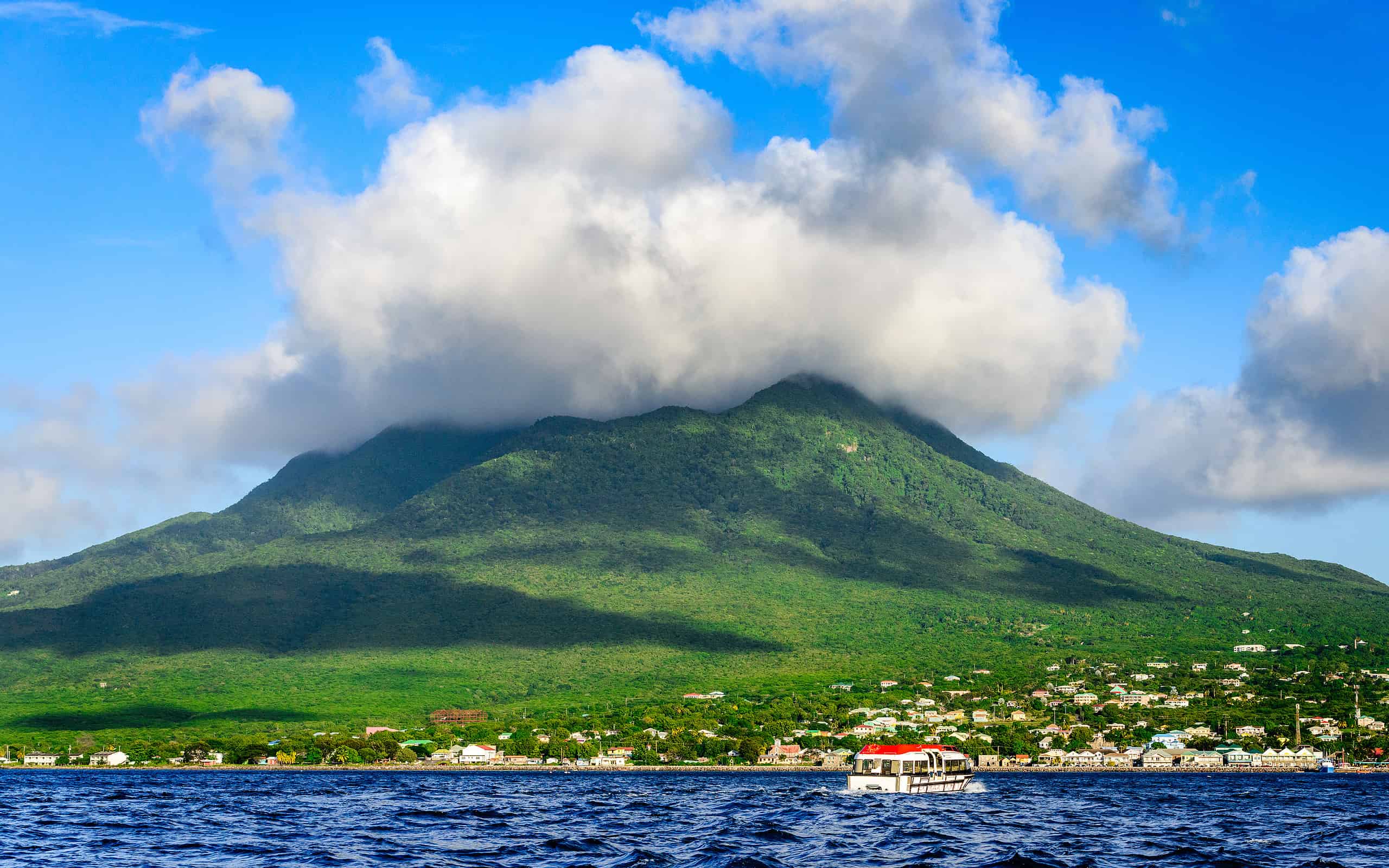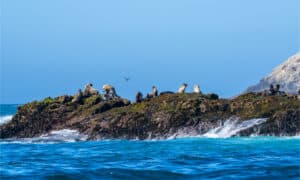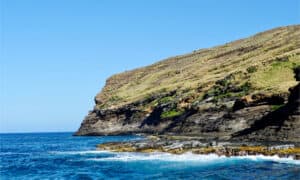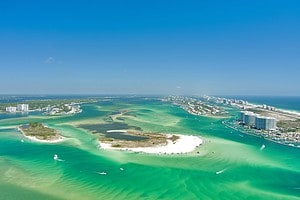The Caribbean islands have long been famous for their pristine beaches, their gorgeous, turquoise waters, and their relaxing type of life. You automatically think of paradise. If you go visit any of the Caribbean islands, it will make you want to stay in the Caribbean forever and quit that dreaded 9-5 job of yours. But there are a lot of Caribbean islands. Some of them are dependencies of other nations and others are independent nations. They are diverse with mountainous areas, beautiful lakes, and sunsets that will be awe-inspiring.
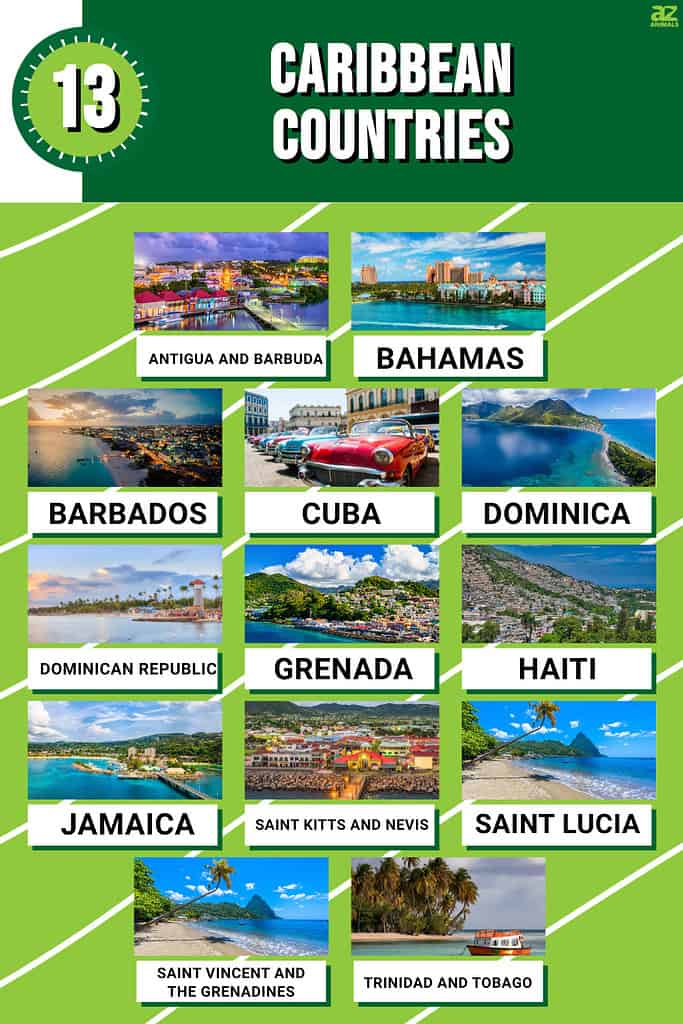
Let’s take a look at the 13 Caribbean countries in 2024. We will highlight the 13 Caribbean islands and not those on the mainland. And after this read, go plan a visit to one of these gorgeous countries to relax, frolic in the sun, and have a grand time.
Antigua and Barbuda

The island nation has a small population of only 93,000, and its capital is St. John’s.
©iStock.com/SeanPavonePhoto
Consisting of two bigger islands and a few smaller ones, Antigua and Barbuda used to be part of the British Empire. The Ciboney people settled here before Christopher Columbus arrived in 1493 to survey the islands. He named Antigua after the Church of Santa Maria La Antigua. Soon after, the British colonized the islands — first Antigua in 1632 and then Barbuda in 1678. A whopping 80% of the country’s GDP relies on tourism, however, climate change and sea level rise are threatening the island.
Bahamas
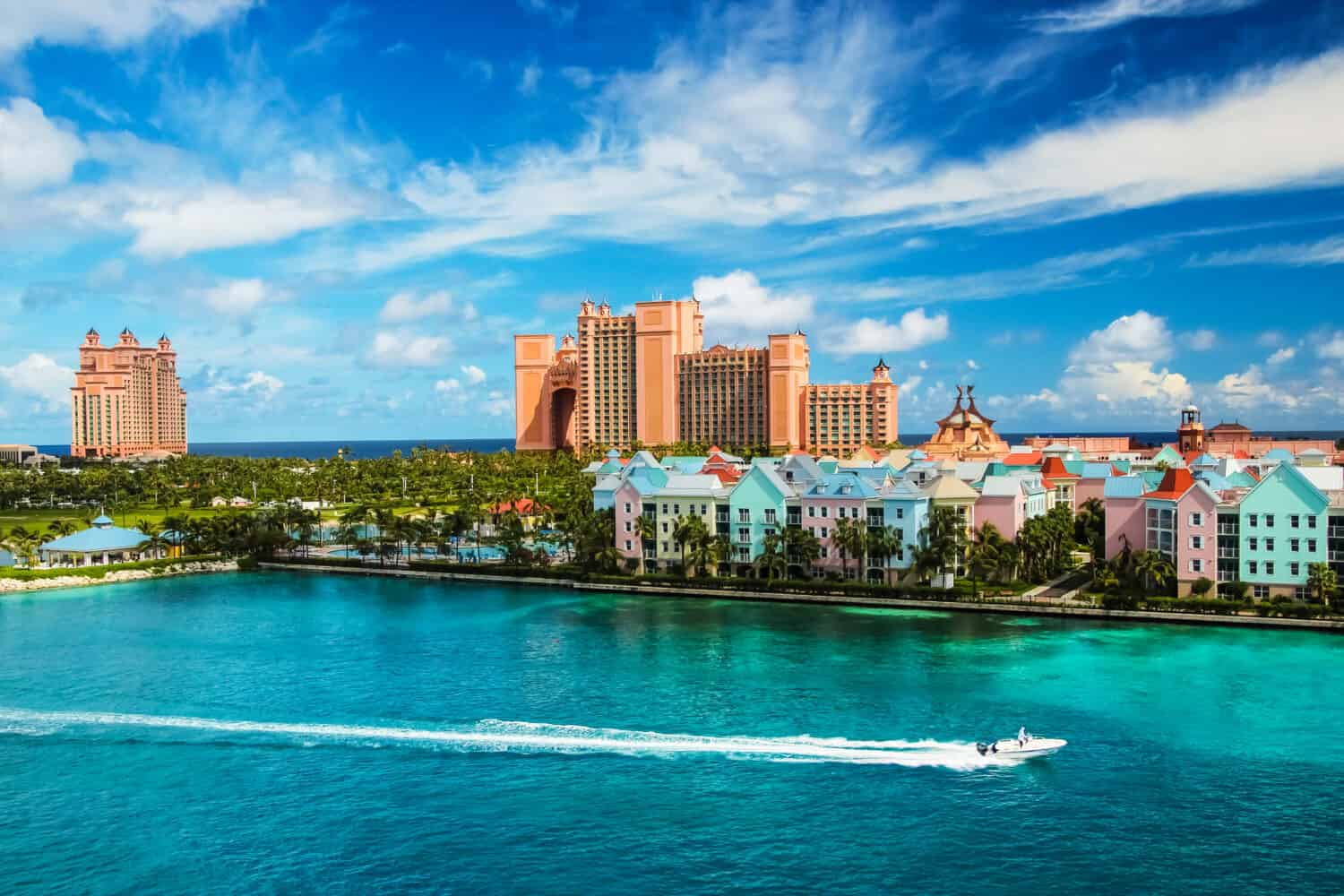
With a population of 400,000 people, the Bahamas is the eighth-most populous Caribbean island country.
©Stefan Ugljevarevic/Shutterstock.com
The Arawak and Lucayans lived on the islands for centuries before the Spanish arrived. Christopher Columbus arrived in 1492 and landed in San Salvador. Afterward, the Spanish enslaved the native tribes living there, but soon after, they abandoned the islands. The natives either died of disease or were shipped elsewhere as slaves. In 1649, the English arrived to settle there and the islands became part of the British Empire. The Bahamas became independent in 1973.
Barbados
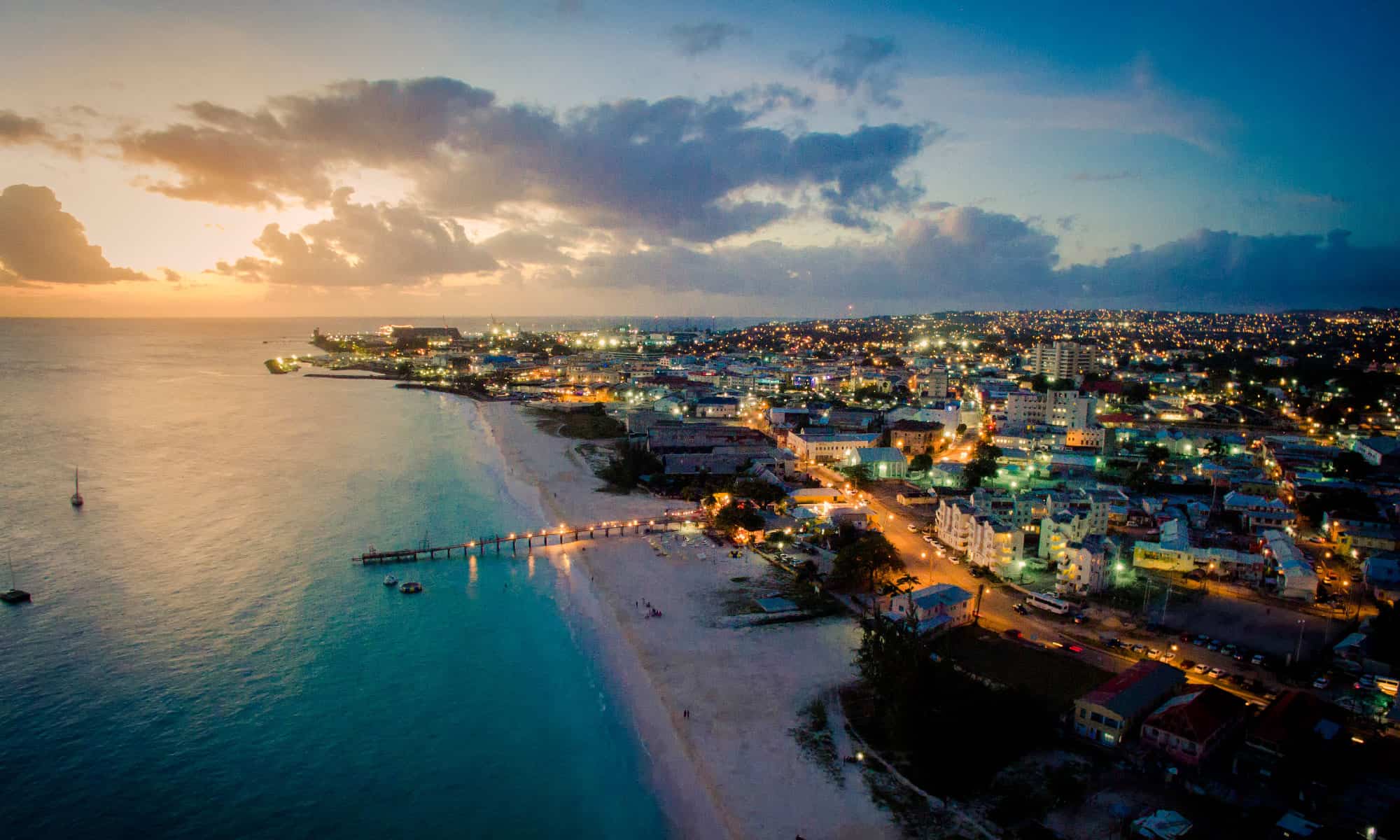
The island nation of Barbados has a population of 281,000, and its capital is Bridgetown.
©iStock.com/Above Barbados
The Kalinago natives lived there for centuries before the Spanish took control of Barbados. It switched hands to the Portuguese before the English took over in 1625. Barbados was mainly a plantation island with African slaves until slavery was abolished in 1833. Barbados became independent in 1966 and became part of the Commonwealth of Nations afterward.
Cuba
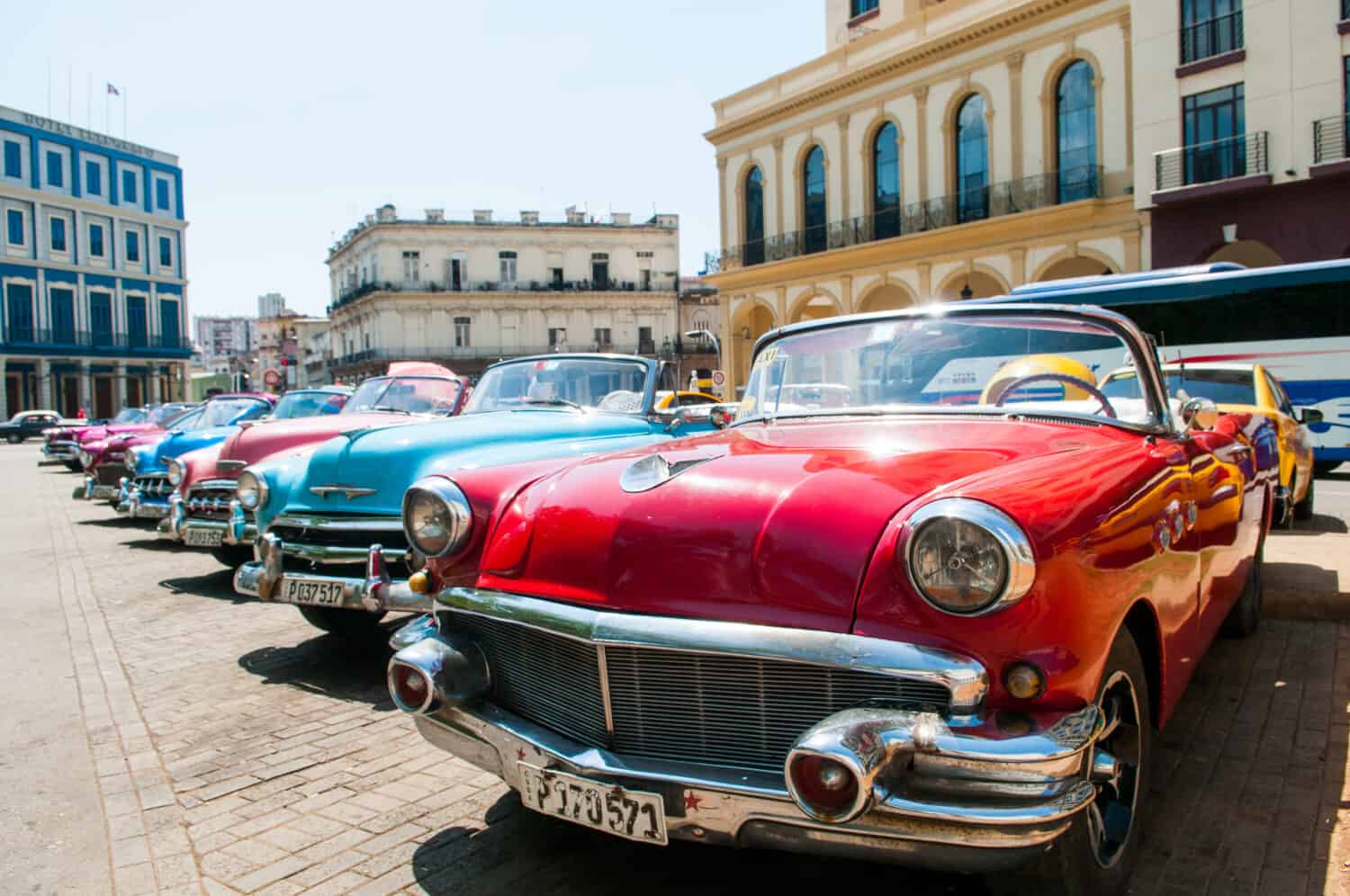
Cuba is the largest island in the Caribbean, but the 17th largest island in the world.
©Suzanne Tenuto/Shutterstock.com
The nation of Cuba has around 4,195 islands and cays that surround the main island which is Isla de la Juventud. The Taino and Guanahatabey people lived on the islands when the Spanish arrived in the 1490s. It remained a part of Spain until the Spanish-American War, and subsequently taken control by the US for a few years. In 1902, Cuba became independent with a new constitution. However, political strife led to a coup d’etat that put dictator Fulgencio Batista in power. This, in turn, led to the Cuban Revolution in 1959. It culminated in the country being enforced by communist rule by dictator Fidel Castro who ruled for 49 years. Cuba continues to be an authoritarian regime that bans political dissidents.
Dominica

Dominica developed the first hiking trail in the Caribbean, which is 115 miles long.
©Derek Galon/iStock via Getty Images
Inhabited by the Arawak people for centuries, the Spanish passed by the island in 1493 but never colonized it. About 200 years later, the French took over the island and forced enslaved people from Africa to work in the plantations. In 1763, Britain took over the island, from which Dominica gained their independence in 1978. Today, it has a population of 72,000 people.
Dominican Republic

With a population of 11 million, the Dominican Republic is the third-most populous country in the Caribbean.
©Lena Serditova/Shutterstock.com
The Taino people lived in Hispaniola, which is where the Dominican Republic and Haiti lie. Christopher Columbus arrived in 1492 and quickly colonized the island. Only two centuries later, the French had already occupied the other part of the island, which is now Haiti. The Dominican Republic became independent from Spain in 1821 and then from Haiti in 1844. Since 1978, the country has had a more peaceful democracy. The country holds the number one spot for being the most visited island in the Caribbean.
Grenada

The island nation of Grenada has a population of 124,000, and its capital is St. George’s.
©Andreas Voelkel/iStock via Getty Images
Native tribes were living in Grenada when the Spanish arrived in 1498. After much resistance from these tribes to be colonized, they were finally conquered in 1649 by the French. About 100 years later, power was transferred to the British until Grenada became independent in 1974. The island is famous for its nutmeg and mace production, thus being called the “Island of Spice.”
Haiti
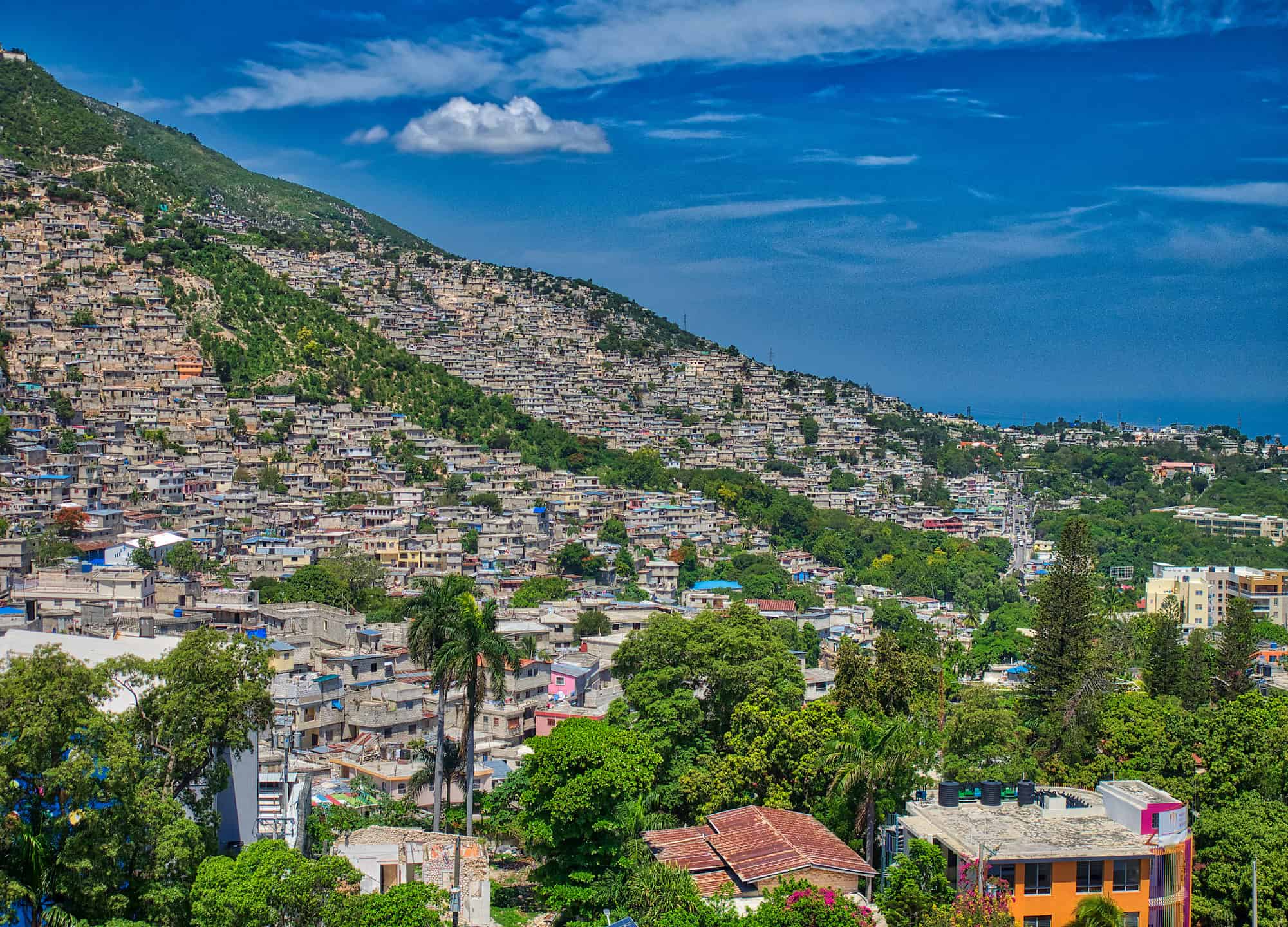
One of the poorest nations in the world, Haiti only has a GDP of 2,905 per capita.
©iStock.com/Stephen Howard
Located on a part of the island of Hispaniola, Haiti was claimed by the French in 1697 but by the late 1790s, the Haitians mounted a revolution and defeated the French in 1804. Haiti has been engulfed in political instability, however. Although attempts to create a more stable political and economic life in the country have started, they have largely failed. In recent years, there has been a coup d’etat, an earthquake that shattered the country, and political crises that have left the country in tatters. But politicians have stated there is hope for the future.
Jamaica

Reggae was invented in Jamaica.
©iStock.com/Ruth Peterkin
The Taino people inhabited Jamaica until Christopher Columbus conquered them and claimed the island for Spain. For about 150 years, the island remained in Spanish hands as Santiago, but the British then conquered it and renamed the island, Jamaica. Many African slaves were brought to do forced work in sugar plantations. The island finally became independent in 1962 and has since enjoyed democracy.
Saint Kitts and Nevis
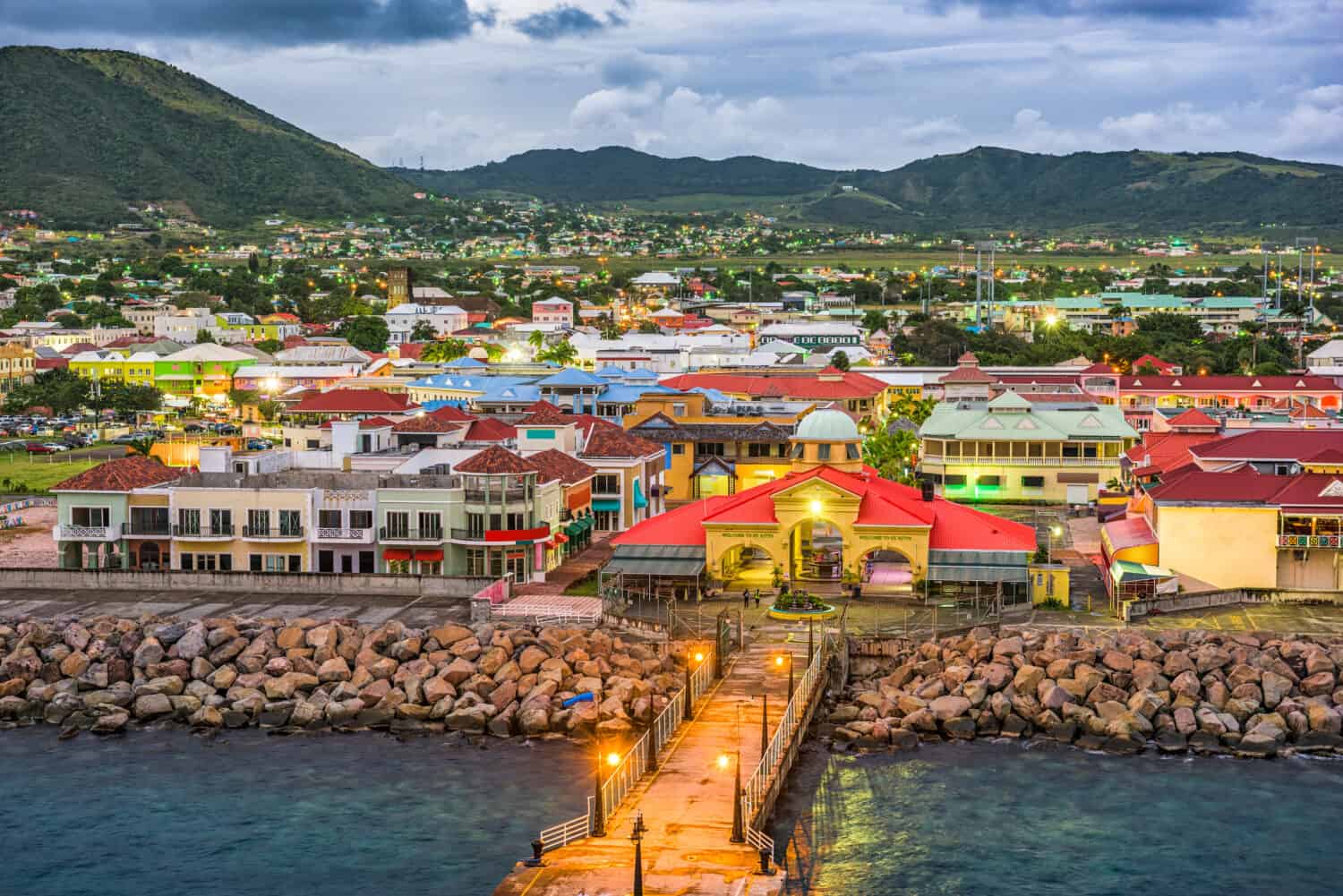
Founding Father Alexander Hamilton was born in the island nation in 1755 or 1757.
©Sean Pavone/Shutterstock.com
The Island Caribs inhabited the islands for several centuries before Europeans arrived. The islands were part of the British Empire until 1983 when they became independent. The islands were also controlled by the French for several years. Also, the islands were the first to be colonized by Europeans, which is why they are called the “Mother Colony of the West Indies.” Today, the island nation has about 47,000 people.
Saint Lucia
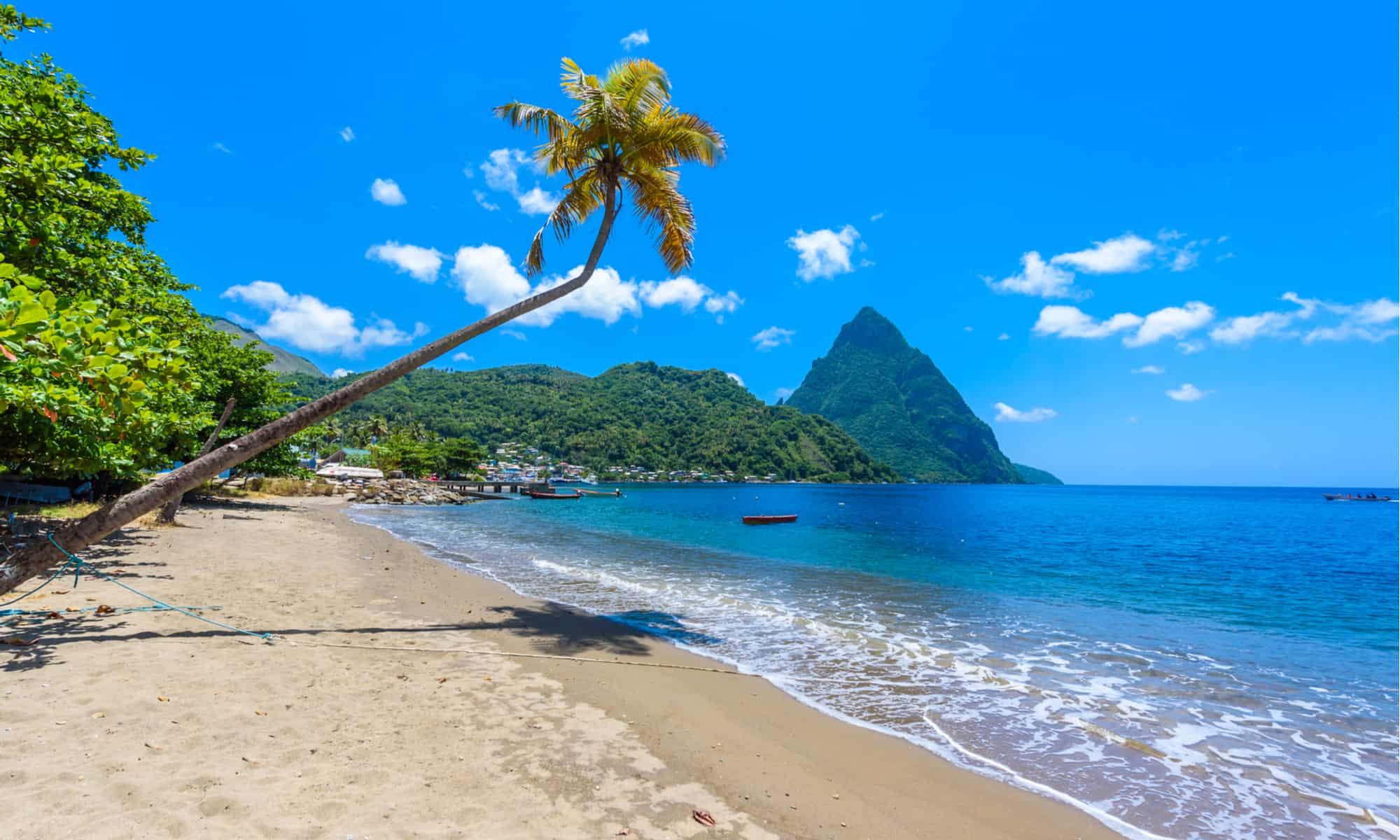
St. Lucia is one of the few islands named after a woman, Saint Lucy of Syracuse.
©Simon Dannhauer/Shutterstock.com
The Arawaks inhabited the island for centuries until the French arrived and claimed the island for themselves. Eventually, the British took over, but there was conflict between the two countries for 150 years until 1814 when the British sealed their conquest in full. Saint Lucia became independent in 1979 and enjoys a representative democracy.
Saint Vincent and the Grenadines
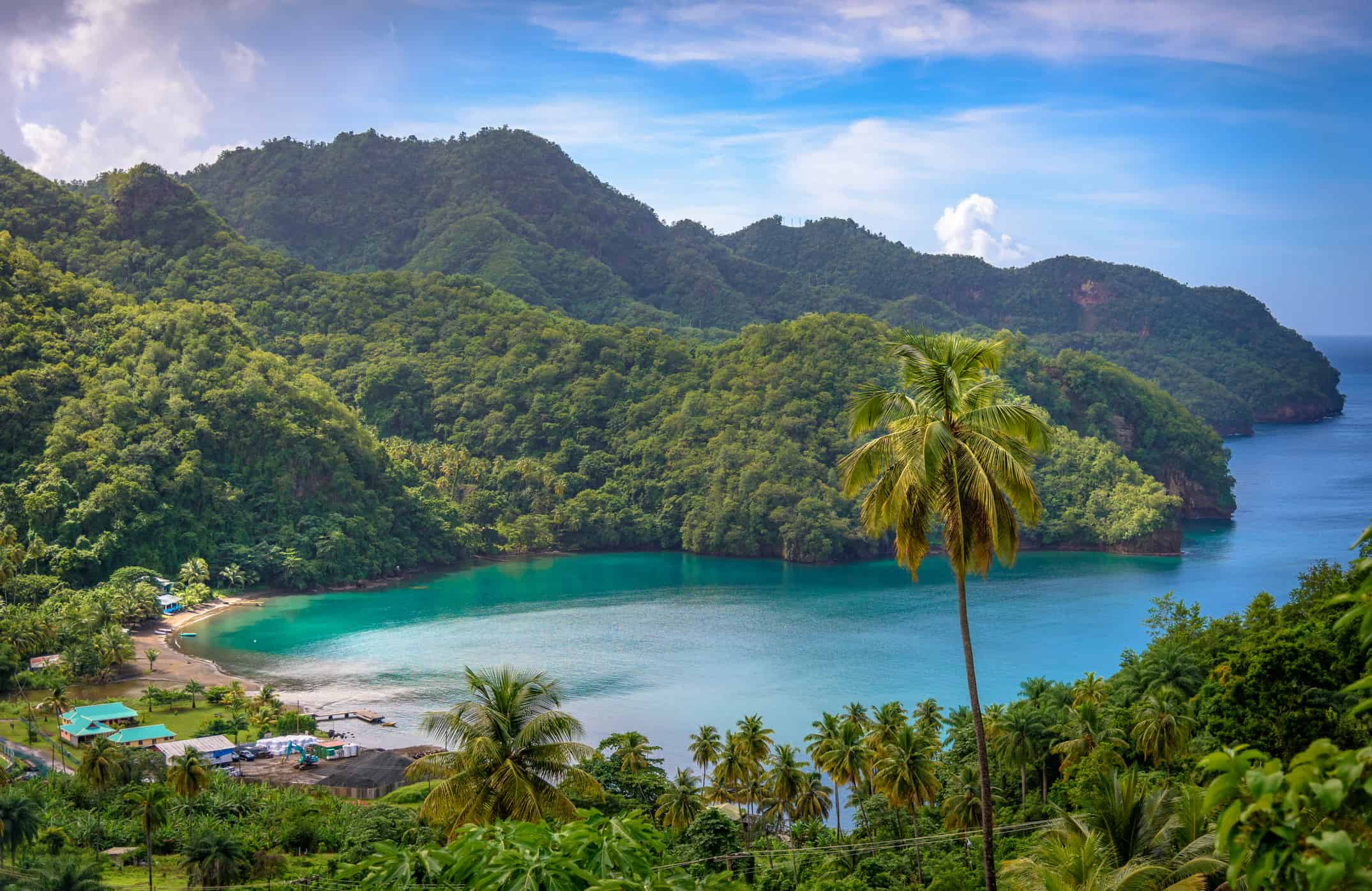
When Christopher Columbus landed in St. Vincent in 1498, the island used to be called Youloumainby.
©mbrand85/iStock via Getty Images
The island nation was first inhabited by several native tribes before Christopher Columbus arrived. He was the one to name the main island after San Vicente de Zaragoza. The main island and the 32 other surrounding little ones became part of British control in 1783 when the British took it from the French. The island country became independent in 1979 and has enjoyed representative democracy since.
Trinidad and Tobago

The island nation has the largest traffic roundabout in the world.
©Peter Krocka/Shutterstock.com
There are two main islands and a few other smaller ones that make up the island nation of Trinidad and Tobago. It is the southernmost island nation in the Caribbean Sea. Inhabited by native tribes, the Spanish conquered the islands and ruled them for several hundred years until the British officially took them over in 1802. Trinidad and Tobago became independent in 1962. The nation is known for its great diversity with a lot of influence from African and Indian cultures.
Thank you for reading! Have some feedback for us? Contact the AZ Animals editorial team.

